A Trip to Luxor – Thebes – Luxor Temple – Egypt
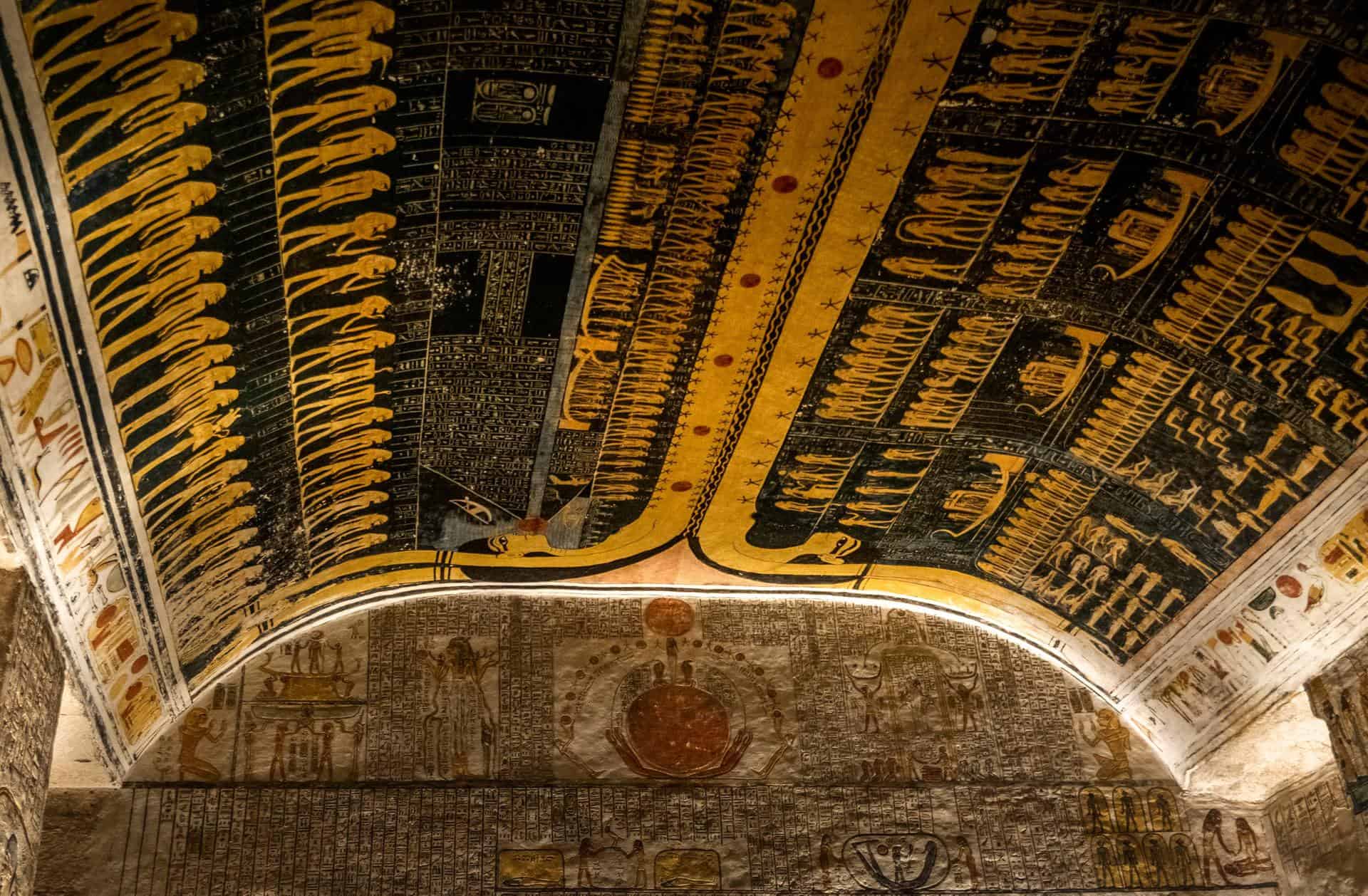
Updated On: April 18, 2024 by Maha Yassin
If you ask me where you should start when visiting Egypt, I will tell you to forget about anyplace else. Head to Luxor. And you should trust me because I am an Egyptian! Simply, Luxor is a city of wonders.
Spread a map of ancient Egypt as you write down your travel itinerary in one of the oldest cities there – Thebes. There, on the east bank of the Nile River in the south of the ancient state, an open-air museum is located – one that tells a lot of secrets from Pharaonic Egypt. Now the ruins of Thebes lie within the modern city of Luxor, the destination of many tourists obsessed with the ancient Egyptian civilisation.
As Antoine de St. Exupery once put it: “He who would travel happily must travel light”; so pack a light bag and board a plane to Luxor, and do not forget the map! Planning will help you decide which places to visit first and how long to stay. The map will help you pinpoint your stops, but for a perfect experience, make sure to spend two days or more in the city to explore all it has to offer.
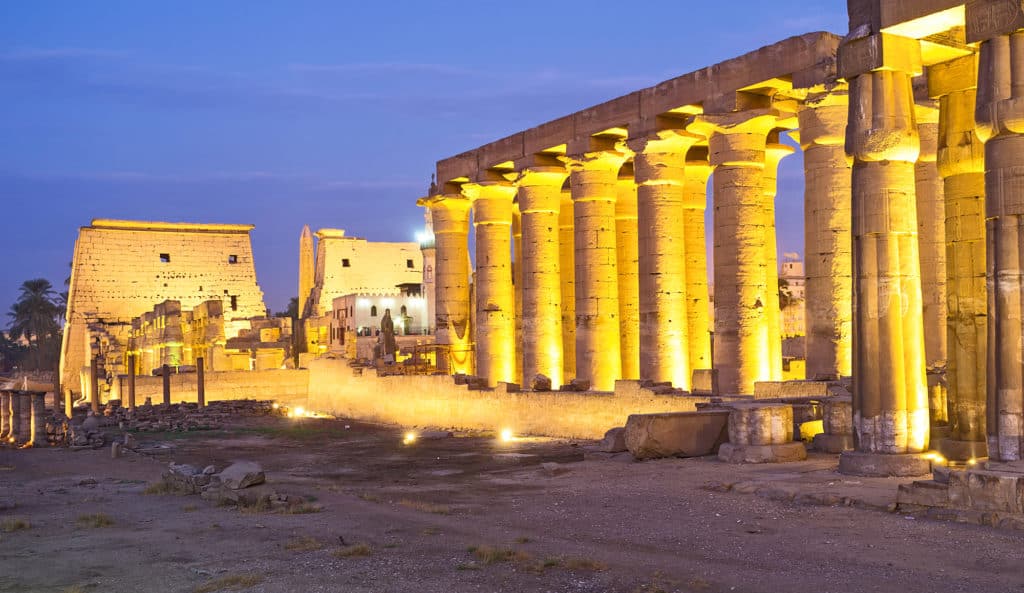
Know before you go!
Some basic information about Luxor will put you in the picture about where to start and where to end your trip along this Nile city.
The river passes through the city of Luxor and divides it into two parts: the East and the West Bank. The majority of hotels and restaurants can be found on the East Bank, which also houses a good deal of archaeological sites that are worth visiting.
Luxor’s West Bank is the burial place of the ancient Egyptians, and it has a great many tombs and mortuary temples, which are part of the ancient Egyptian civilisation.
If you are very much into temples and monuments, you can get yourself a Premium Luxor Pass. Valid for five consecutive days, the Premium Luxor Pass costs $200 for adults and allows multiple entries to all of the archaeological sites on the East Bank and West Bank and only one visit per day to the tombs of Seti I and Queen Nefertari. A Standard Luxor Pass is also available for $100, and it is also valid for five consecutive days, but it does not include visits to the two best-decorated tombs.
Avoid peak and off-peak seasons! The best times to visit Luxor are in the spring and fall, during which you will enjoy pleasant temperatures among fewer crowds and more affordable hotel rates.
Address: East Bank
Arriving on the East Bank of Luxor, you will have a list of must-sees to explore. Just lose yourself in the wonders of ancient Egypt – in Luxor, which alone is home to about one-third of the world’s ancient monuments.
The Karnak Temple Complex
In Luxor, all roads lead to the Karnak, Egypt’s largest religious temple ever built. A half-day tour should start from here, at this ancient complex, which is built over an area of two square kilometres.
What best describes this complex is that it is a temple within a temple. Besides the Karnek, the complex comprises four small temples: the Temple of Mut, the Temple of Ptah, the Temple of Khonsu, and the Temple of God Osiris.
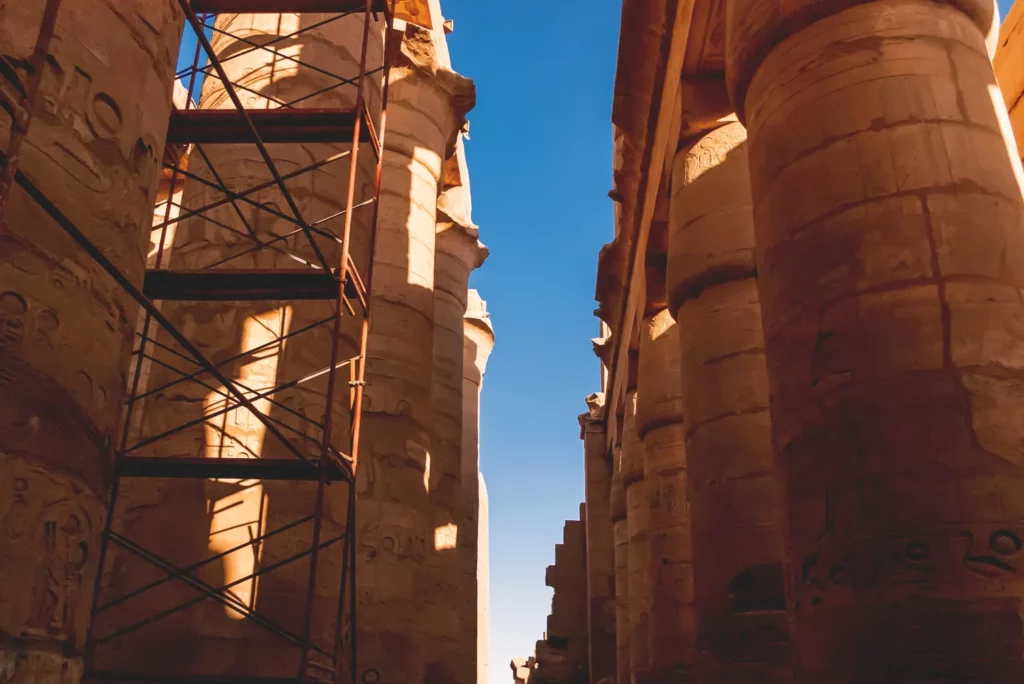
The Karnak has a total of 10 pylons connected through a network of walls. A pylon is defined as a monumental gate of an Egyptian temple. The Hypostyle Hall lies between the fourth and fifth pylons within the Precinct of Amun-Re at the immense Karnak Temple complex.
With 134 columns that look like papyrus plants, the Great Hypostyle Hall is truly the crown jewel of the Karnak Temple. It covers a 5,000 square metre area, comfortably fitting the Cathedral of Notre Dame.
Located in the middle of the Karnak Temple Complex is The Sacred Lake. It is by far the greatest of its kind in size, measuring 120 metres by 77 metres, and has stairways descending into the water. Lined with a stone wall, the rectangular lake was dug by Thutmose III for ritual washing.
The Avenue of Sphinxes
Re-opened in 2021, a restored 2,700-metre-long avenue of human-headed sphinxes runs between the Karnak Temple and the Luxor Temple on Luxor’s East Bank. This avenue, aka the Road of the Rams, dates back 3,400 years. You can walk along this processional route with tickets to both temples.
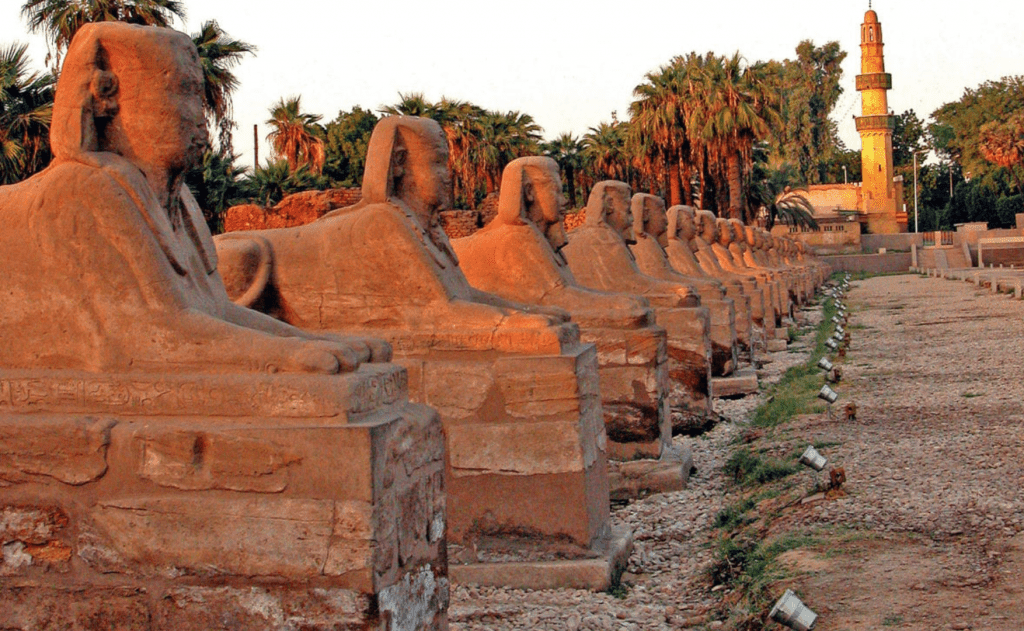
The human-headed rams on both flanks of the way depict Nectanebo II, the last native ruler of ancient Egypt. The lion’s body of the sphinx symbolises power and protection.
The Luxor Temple
The Luxor Temple is the second must-visit in this ancient city. Walking through the processional avenue from the Karnak, you are now here at the Luxor Temple, which was built to celebrate the annual Opet festival – a day to reaffirm the divine authority of the king.
The two seated statues of Ramses II are the first thing to catch the eye. Sitting there, the massive statues guard the huge gateway, with two standing statues of the king on each side.
At the entrance to the Luxor Temple stands a pylon that was built by Ramses II. There, you will also find the red granite Luxor Obelisk, which measures 22.5 metres in height and weighs about 227 tonnes.
Making your way to the Great Court, you will be impressed by the grandeur style that is evident from the carvings and paintings on the walls. This is the court of Ramses II, and it is 57 metres long and 51 metres wide. The court is surrounded by 74 papyrus-shaped columns.
At the centre of the Luxor Temple is the sanctuary, which houses three shrines dedicated to Amun, Mut, and Khonsu, each with four papyrus-shaped columns. Dedicated to Alexander the Great, a granite shrine is found at the rear of the Luxor Temple.
The Luxor Museum
Now pay yourself a $50 ticket to the Luxor Museum. Standing on the corniche and overlooking the east bank of the Nile River, the museum features items from the tomb of King Tut. A collection of statues that were found beneath the Luxor Temple are niched at the museum, as well.
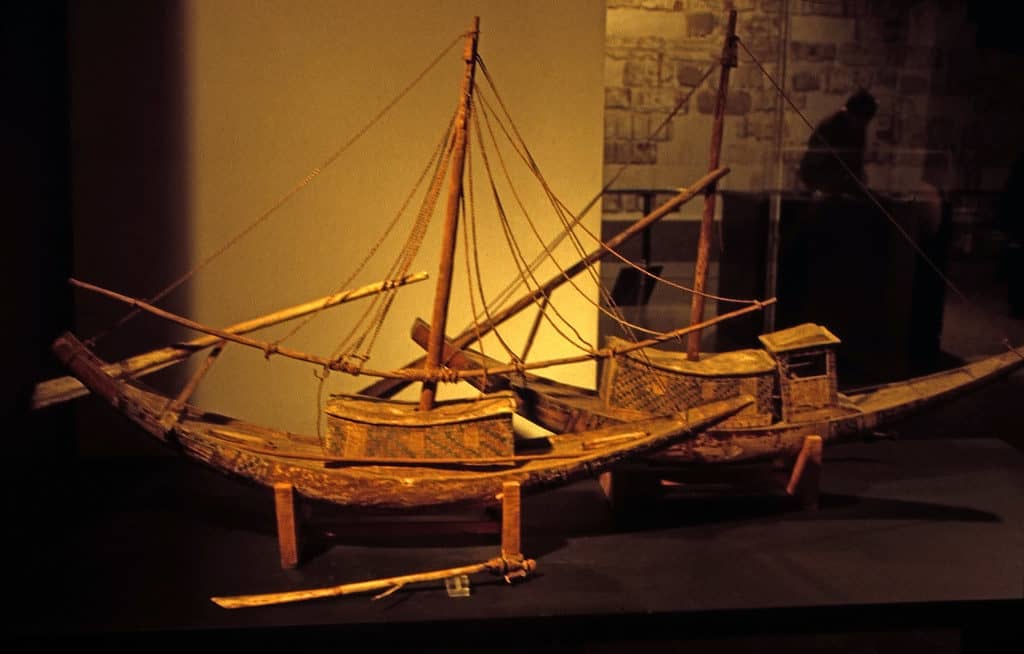
A statue of Thutmose III and two royal mummies are on display at this archaeological museum. A reassembled wall from the Temple of Aten is also exhibited at the Luxor Museum.
Address: West Bank
A tour of Luxor West Bank should be part of your plan. It is a must-have experience – a visit to the place where the ancient Egyptians buried their dead. Yes, the West Bank was meant to be the necropolis of Luxor, and the reason is simply because the sun sets on it. In this city of the dead, you will find plenty of tombs and mortuary temples to visit.
The Valley of the Kings
Spreading over about 5000 square metres and cutting into the Theban Hills, a princely burial space is on the Nile’s west side. Sixty-three tombs of pharaohs, as well as powerful nobles from the New Kingdom of Egypt, are placed in an isolated valley, now known as the Valley of the Kings.
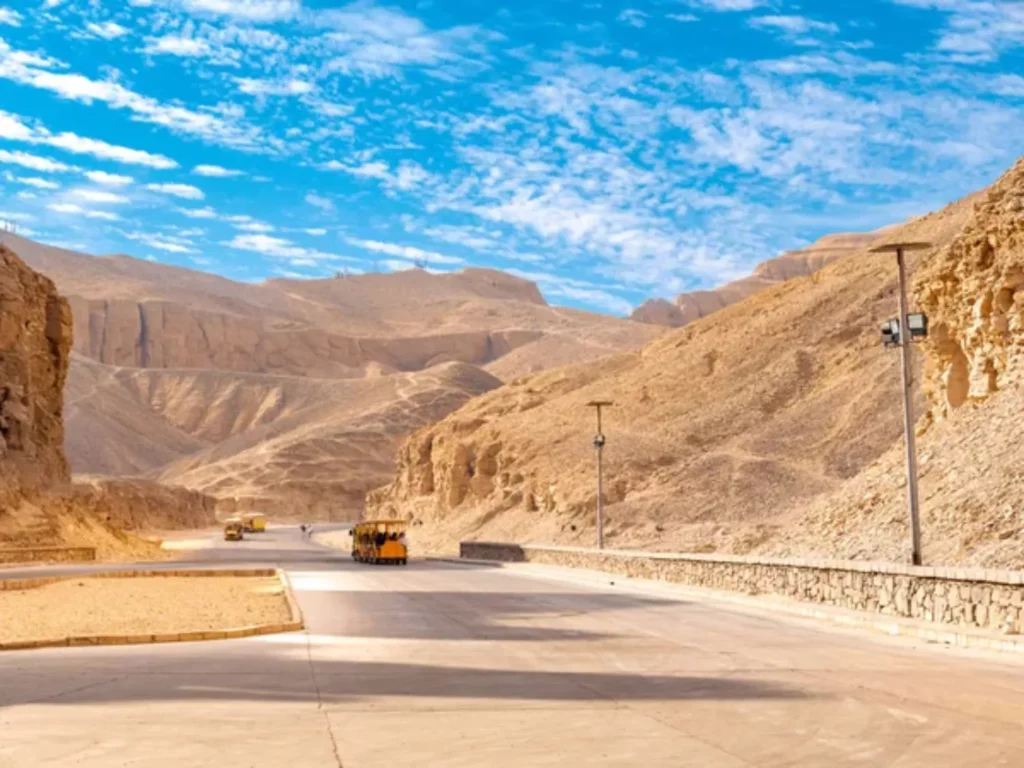
Like the banks of Luxor, the Valley of the Kings is divided into East and West. Powerful kings from the 18th, 19th, and 20th dynasties were laid to rest there under the shadow of a pyramid-shaped peak that rose from the cliffs surrounding this isolated valley. Among the famous kings laid to rest are Tutankhamun, Ramses II, Thutmose III, and Seti I. The tombs are said to have been constructed between 1539 and 1075 BC.
Only eight tombs are currently open to the public and are included on the main ticket to the Valley of the Kings. An entrance ticket, however, will allow you to visit only three of these tombs. If you want to see the other tombs, you will need an additional ticket.
The Temple of Hatshepsut
Take a short ride to the cliffs of Deir el-Bahari to visit this incredible mortuary temple. Set into the cliffs, the Temple of Hatshepsut is a gorgeous rock-cut structure and is considered the closest to ancient Egyptian history.
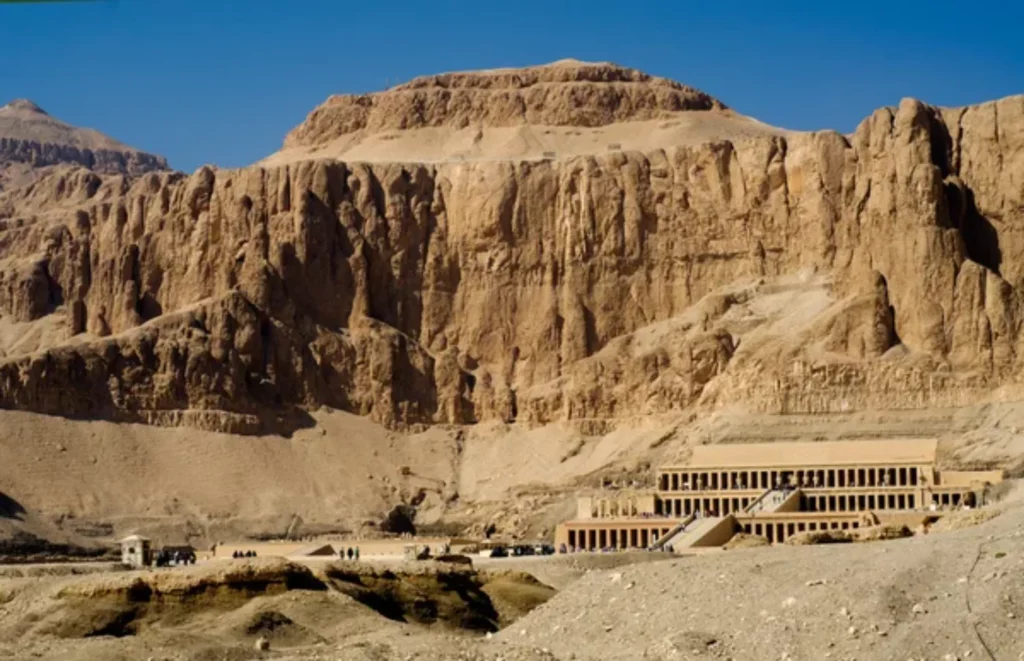
Ranking among the world’s most powerful female rulers, Hatshepsut of the 18th Dynasty ordered the construction of this temple to commemorate the glory of the patron pharaoh.
This three-storied collonaded temple is considered to be a masterpiece of ancient architecture. With its three terraces that are connected by long ramps, the Temple of Hatshepsut stands out as one of the most impressive.
Queen Hatshepsut had her temple designed in a way that would tell the story of her life and reign. It surpasses any other mortuary temple of ancient Egypt in elegance and grandeur. All three levels of the temple feature colonnades, elaborate reliefs, paintings, and statuary. Indeed, it was a temple fit for royalty.
The Colossi of Memnon
Now this is something to see! Two statues of King Amenhotep III of the 18th Dynasty gazing east towards the Nile River, welcoming visitors as they arrive on the West Bank of Luxor. On the map, you are right at the Colossi of Memnon.
Measuring 60 feet tall each, the twin stone statues stand at the front of the mortuary temple of Amenhotep III, symbolising the rule of the king over Egypt. The three figures in the statues are of King Amenhotep seated on a throne ornamented with imagery of his wife, Tiye, and his mother, Mutemwiya.
The two massive statues were originally designed to guard the mortuary temple of Amenhotep III, which once stood behind them. The colossal statues of Amenhotep III were constructed to flank a walkway that led to that complex.
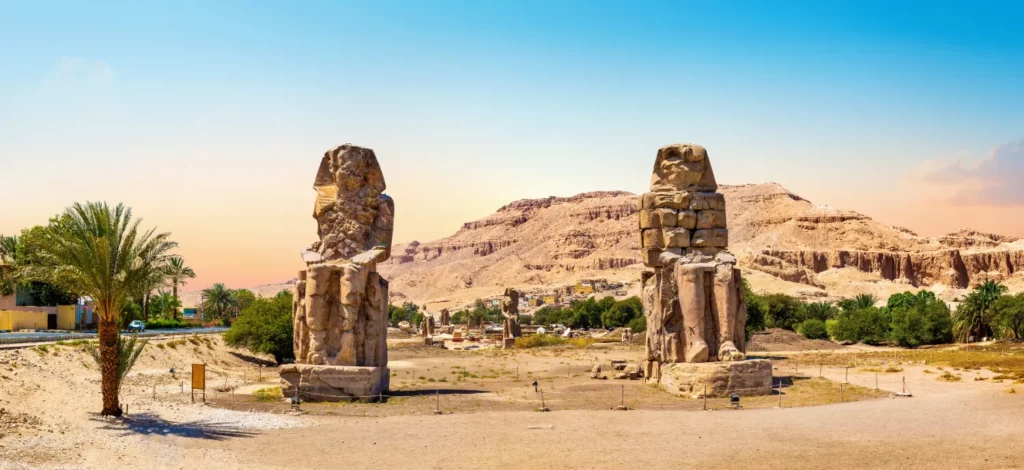
The Valley of the Queens
The Valley of the Queens – the burial place of the pharaohs’ wives, is just 20 minutes from the Valley of the Kings by car. The necropolis of the queens houses more than 90 known tombs, usually consisting of an entrance passage, a few short halls, and a sarcophagus chamber. With the tomb of Queen Nefertari excluded, this site lacks some of the grandeur exhibited at the Valley of the Kings.
The tomb of Queen Nefertari, Rameses II’s beloved Queen, is truly a sight to behold, with all the elaborate artwork, amazing details, and vibrant colours that make it the finest of tombs in all of Egypt. Almost every inch of the tomb’s three chambers and connecting corridors is adorned with colourful scenes that have been better preserved than any other tomb in the country.
The basic entry ticket to the Valley of the Queens will cost you $6 and will only allow you to visit the tombs of Amen Khopshef and Khaemwaset. The ticket to the tomb of Queen Nefertari alone would cost you about $90, but it is worth a visit.
A Look from Above
Had your fill of tombs and monuments, why not try one of the modern activities in this ancient city? A hot air balloon ride over Luxor West Bank is very entertaining and would still keep you in the ancient mood of the city.

Getting in a hot air balloon flight, you will enjoy views of all the attractions you already visited on the ground. The ride will also allow you to watch the sunrise over the ancient city of Thebes. In Luxor, the hot air balloon ride is absolutely a once-in-a-lifetime opportunity that you should not miss.
The rides usually take off at 3:00 a.m. in summer and 4:00 a.m. in winter, depending on sunrise time. It could cost up to $80 per person. The ride takes 45 minutes before pilots bring the balloon to land again.
A story to tell!
Being a tourist mecca, Luxor is a must-visit, a must-know, and a must-experience. It stands head and shoulders above all Egyptian cities, with all the attractions from ancient Thebes that lure Egyptomaniacs worldwide. A visit to Luxor is a no regrets and no worries, so pack your bag and come to Luxor!






